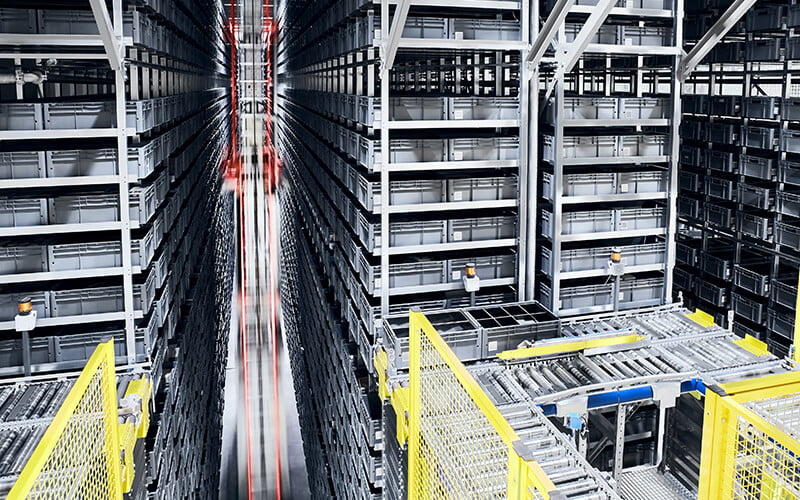Warehouse automation, when properly employed, improves reliability, efficiency, accuracy, and flexibility in warehouse processes such as storage and material flow. Amid the recent events, the need for automating fulfillment centers and warehouse service providers has been more critical than ever, especially for the e-commerce industry.
However, does fully automating your warehouse operations lead to greater productivity and efficiency in all seasons and situations? Does it give you the best cost-effective way of running your warehouse?
Let us look at some pros and cons of warehouse automation to determine if it is the best fit for your business.
The Pros Of Warehouse Automation
- Reduced Labor Costs – Implementing automated warehouse processes in your operation could reduce labor costs, as you would need fewer employees than necessary. What you could save from reduced labor, you could spend to improve other areas of your business.
- Increased Output – Automation would increase your warehouse’s output without moving your operation or increasing your footprint. Automating tasks such as warehousing, packaging, and distribution would make better use of available space in your facility and avoid costly expansion or redesign.
- Increased Accuracy and Efficiency – No matter how meticulous and well-trained your employees are, eventually, errors will arise that affect workflow, leading to inefficiency. Through automated storage and retrieval systems (AS/RS), you could avoid these human-caused errors, which would ultimately reduce waste and increase accuracy.
- Improved Safety – Humans, by nature, are error-prone. Whether they are healthy, distracted, stressed, or fatigued, one thing is sure, the unpredictability of humans could lead to mistakes. Incorporating automated systems in your warehouse would significantly reduce and even eliminate accidents and damages to the product, equipment, and structures.
- Less Labor and Space Limitations – Due to certain factors such as geography, demographics, and job market, you could experience limitations in the workspace and workforce. AS/RS systems eliminate these constraints by allowing automation to maximize the space available and take employees’ place.
The Cons Of Warehouse Automation
- High Initial Capital – An automated system would definitely lower your labor costs and increase output in the long term. However, the initial investment cost for incorporating an AR/RS system would incur expensive automation equipment and software. This could be a challenge for some, especially for smaller businesses, so be prepared and analyze whether your budget allows for all of the costs.
- Additional Technical Skills Training – As with any new technology, your employees would need retraining to operate safely and adequately handle automated systems. Of course, this would add to your initial high costs and downtime in operations while your employees undergo training. In some cases, additional training could lead to turnovers, especially for employees that could not meet requirements.
- Routine Maintenance – Equipment or technology such as AS/RS would need to have routine maintenance and occasional repair if needed. So expect to have some downtime in your operations during these events. Consider the costs of this maintenance, including loss during downtime before implementing an automated system. Regular repairs could also mean dependency on particular spare parts, software, and hardware providers.
- Variable Operations and Peak Season – Automated systems function best for operations that regular, predictable, and repetitive tasks, products, or materials handled on a fixed schedule. You may find it difficult to utilize if you have highly variable operations, as automated systems works according to determined presets, processes, and analysis.
If you are still uncertain whether automating your warehouse is suitable for your business, you could always ask for help from professionals.

